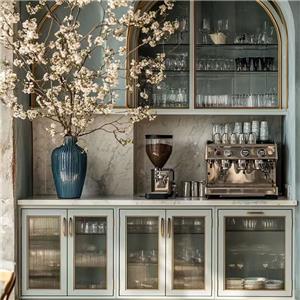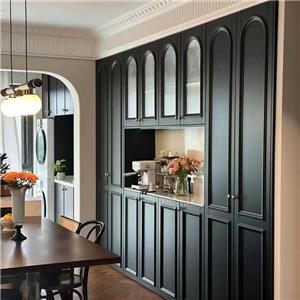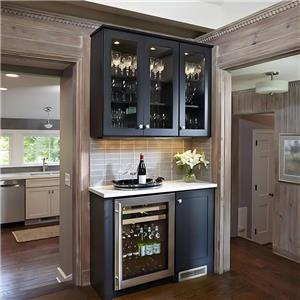What is the structural difference between kitchen cabinets and bookcases?
In modern home design, kitchen cabinets and bookcases are important furniture that are indispensable in our daily lives. Although both play the role of storing and organizing items, there are some significant differences between them from the perspective of structural design. Kitchen cabinets are usually used in areas such as kitchens and bathrooms to store food, tableware and cleaning supplies, while bookcases are mainly used to store items such as books and decorations. With the continuous changes in living space, the structural design of kitchen cabinets and bookcases is also constantly innovating and progressing, but their basic functions and structural differences are still obvious.
This article will explore the main structural differences between kitchen cabinets and bookcases in depth, analyze the differences between the two from the aspects of material, internal layout, load-bearing design, door design, etc., and help readers understand how to choose them according to different needs and spaces.
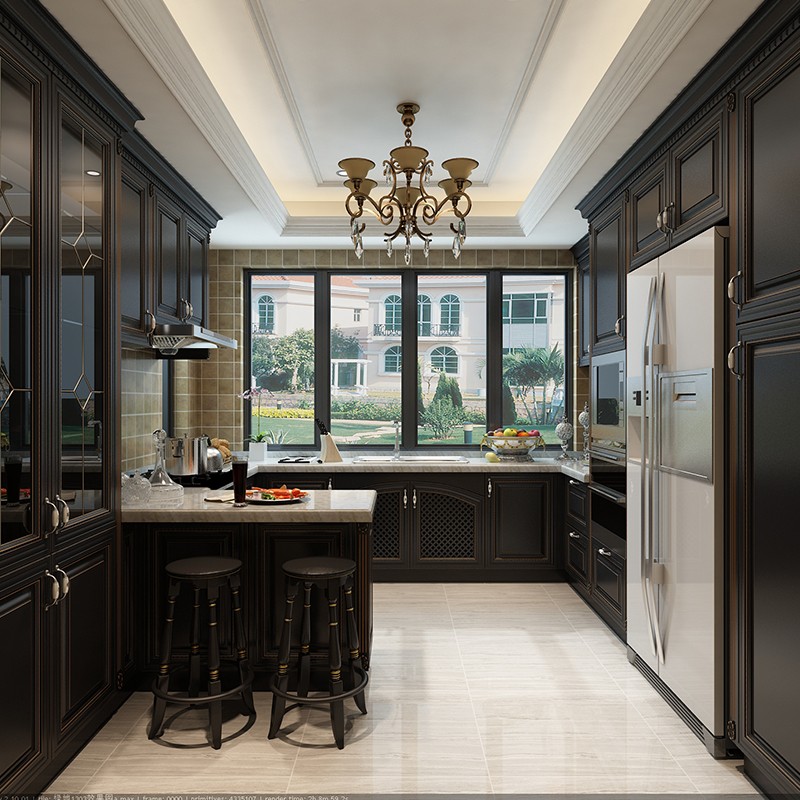
Kitchen cabinets and bookcases: functional differences
Although kitchen cabinets and bookcases are both storage furniture, their design goals and usage environments are different, so the differences in structure also come into being.
1.1 Functional design of kitchen cabinets
Kitchen cabinets are usually important furniture in kitchens and bathrooms, and their main function is to store food, tableware, cleaning supplies and other items. Due to the particularity of the kitchen and bathroom environment, the design of kitchen cabinets needs to consider factors such as moisture-proof, waterproof, and easy to clean. For example, kitchen cabinets often need to be equipped with storage designs with different functions such as drawers, pull-out baskets, and rotating trays to place various kitchen utensils and ingredients.
Therefore, the design of kitchen cabinets often emphasizes the separation and functionality of space, and needs to take into account reasonable storage space and classification of items. For example, the bottom cabinet is often equipped with deep drawers and pull-out baskets to facilitate the storage of large items; while the upper cabinet can be used to place lightweight utensils, seasonings, etc.
1.2 Functional design of bookcases
Unlike kitchen cabinets, bookcases are mainly used to store books, magazines, audio-visual products, decorations, etc. The design of bookcases often pays more attention to display functions, and also needs to consider the rationality of book storage. Modern bookcases often have both display functions and storage functions. In addition to conventional open shelves, they may also be equipped with glass doors, drawers, etc. to facilitate the protection of valuable books or collections.
Compared with kitchen cabinets, the structural design of bookcases pays more attention to the beauty of display and the openness of space. Bookcases are not only places to store books, but also one of the decorations in the home. Therefore, the shelf and frame design of the bookcase will be more refined, and the size selection is often more flexible.
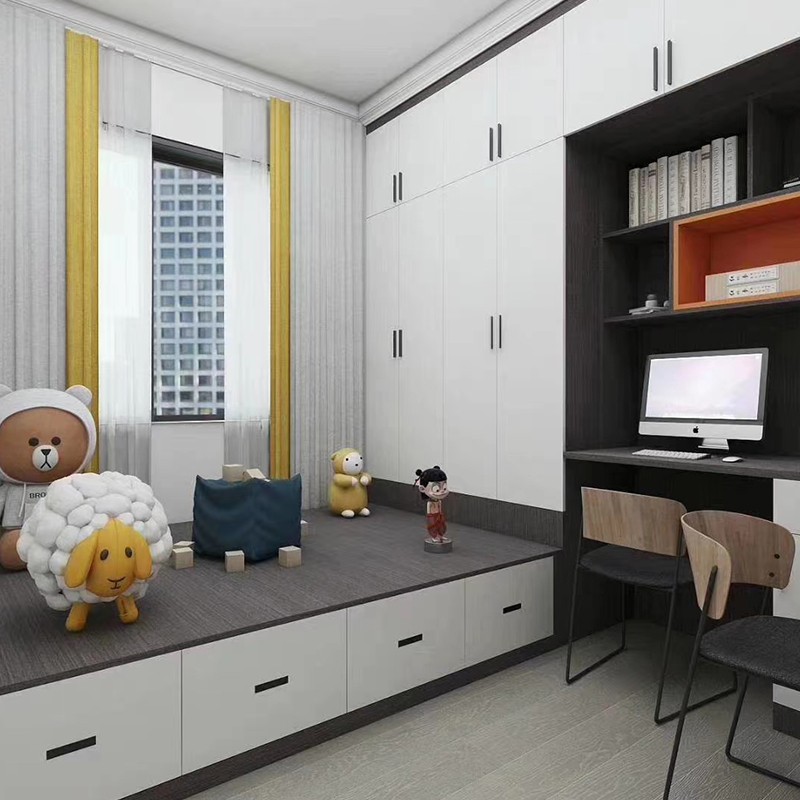
Kitchen cabinets and bookcases: Differences in materials
The difference in the choice of materials between kitchen cabinets and bookcases is one of the most significant differences in their structures. Kitchen cabinets generally require higher durability and waterproof performance, while the materials of bookcases can be more diverse.
2.1 Material selection of kitchen cabinets
The kitchen is a humid and fumes-rich environment, so the materials of kitchen cabinets must have waterproof, moisture-proof, and heat-resistant properties. Common kitchen cabinet materials include:
● Solid wood board: Solid wood is widely used in traditional kitchen cabinets. Solid wood kitchen cabinets are not only beautiful and generous, but also have good durability, but they are more sensitive to moisture and are easily affected by moisture and deformed, so they need regular maintenance.
● Multilayer board/particle board: Modern kitchen cabinets often use multilayer boards or particle boards, which can provide better load-bearing capacity and stability, and are low in cost. However, its moisture resistance is poor, so waterproofing is usually required.
● Stainless steel: Stainless steel kitchen cabinets are very popular in modern kitchens for their strong corrosion resistance and durability, especially in high-end kitchens and commercial kitchens. Stainless steel kitchen cabinets are waterproof, fireproof, and easy to clean.
MDF (Medium Density Fiberboard): This material has a uniform texture and high processing precision, and is suitable for various complex kitchen cabinet designs. After painting, it can present various textures, and is usually paired with a high-gloss paint surface for easy cleaning.
2.2 Material selection of bookcases
The material selection of bookcases is relatively wide, and the design is more flexible. You can choose a variety of materials such as solid wood, glass, and steel. Common bookcase materials are:
● Solid wood: Solid wood bookcases convey a warm and classic home atmosphere. The natural texture and texture of wood make bookcases more visually attractive, and are the first choice for many traditional families.
● Glass: In modern bookcase design, glass materials are often used in combination with wood, metal, etc., giving people a simple and modern feeling. Glass bookcases are suitable for displaying books and decorations, adding a sense of transparency to the space.
● Metal: Metal bookcases are common in industrial-style designs and usually have high stability and a unique appearance. Metal bookcases are not only durable, but can often be designed to be more modern and stylish.
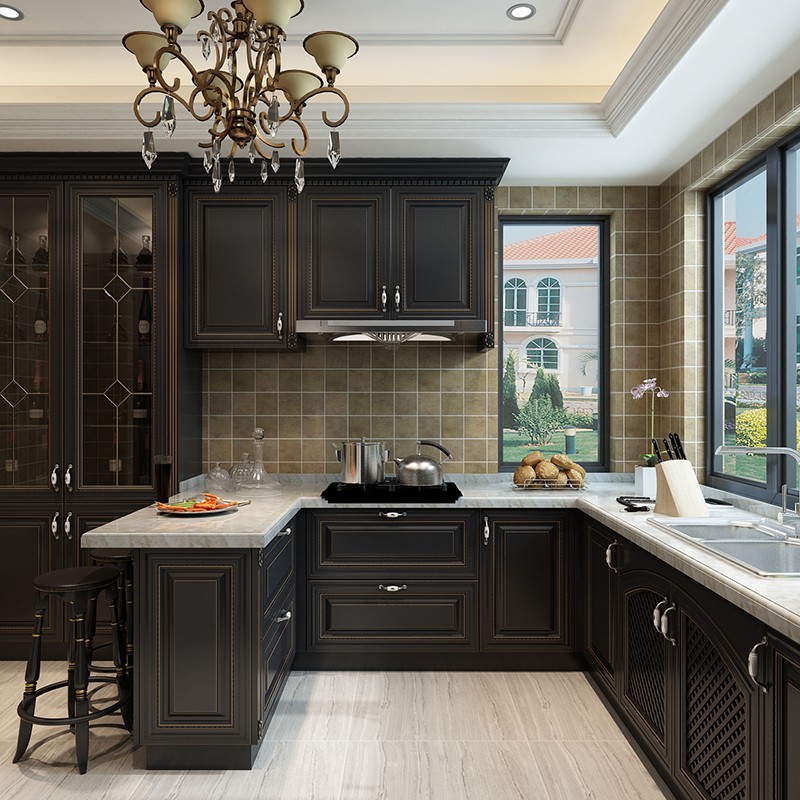
Kitchen cabinets and bookcases: internal structure design
The differences in the internal structure design of kitchen cabinets and bookcases are mainly reflected in the layout of space division, load-bearing capacity and storage functions.
3.1 Internal structure of kitchen cabinets
The internal design of kitchen cabinets pays great attention to the reasonable allocation of functions. Different items require different storage methods, and the internal design of kitchen cabinets often takes "division" as the key. Common internal designs of kitchen cabinets include:
● Drawers and pull-out baskets: Kitchen cabinets are usually equipped with multiple drawers and pull-out baskets for storing small items, tableware, ingredients, etc. Pull-out baskets can achieve deeper storage and facilitate the storage and retrieval of items.
● Open shelves: Used to store condiments, bottles and jars, etc., so that users can take them at hand. Usually, the lower layer of the kitchen cabinet has a large space for placing pots or other larger kitchen utensils.
● Wall cabinets: used to store light items such as tableware and glasses, ensuring that the items are easy to access and do not take up too much floor space.
3.2 Internal structure of bookcases
The internal design of bookcases usually pays more attention to display and aesthetics, so its structural design is often simple, and there are relatively few storage designs with strong functionality. Common designs for the internal layout of bookcases include:
● Open shelves: The shelf design of bookcases is mostly open, which is convenient for displaying books and decorations. The spacing between each shelf of the bookshelf is usually flexible to accommodate the storage of different books.
● Glass doors: Some high-end bookcases are equipped with glass doors to prevent dust from entering while maintaining the display effect of books and collections.
● Hidden drawers: In modern bookcases, drawers are used to store some infrequently used items to keep the exterior clean. Hidden drawers are usually placed in the lower layer of the bookcase or in an inconspicuous place to facilitate users to store sundries.
Kitchen cabinets and bookcases: Differences in load-bearing design
The differences in load-bearing design between kitchen cabinets and bookcases are mainly reflected in the weight of the items they store and the design requirements.
4.1 Load-bearing design of kitchen cabinets
The load-bearing requirements of kitchen cabinets are relatively high, especially the storage drawers and pull-out baskets in kitchen cabinets, which need to support heavier pots, tableware and other kitchen utensils. Therefore, the structural design of kitchen cabinets must pay great attention to load-bearing performance, and the supporting force of the cabinet body and drawers must meet certain standards, especially when bearing large items, the structure of the kitchen cabinet must be strong enough.
4.2 Load-bearing design of bookcases
In contrast, the load-bearing design of bookcases is relatively simple. Although modern bookcases can often store a lot of books, the load-bearing requirements of bookcases are much lower than those of kitchen cabinets that need to bear heavier weight. Generally, each layer of a bookcase can bear a certain weight of books, and the load-bearing design of a bookcase mainly focuses on the stability of its frame structure and the shelf.
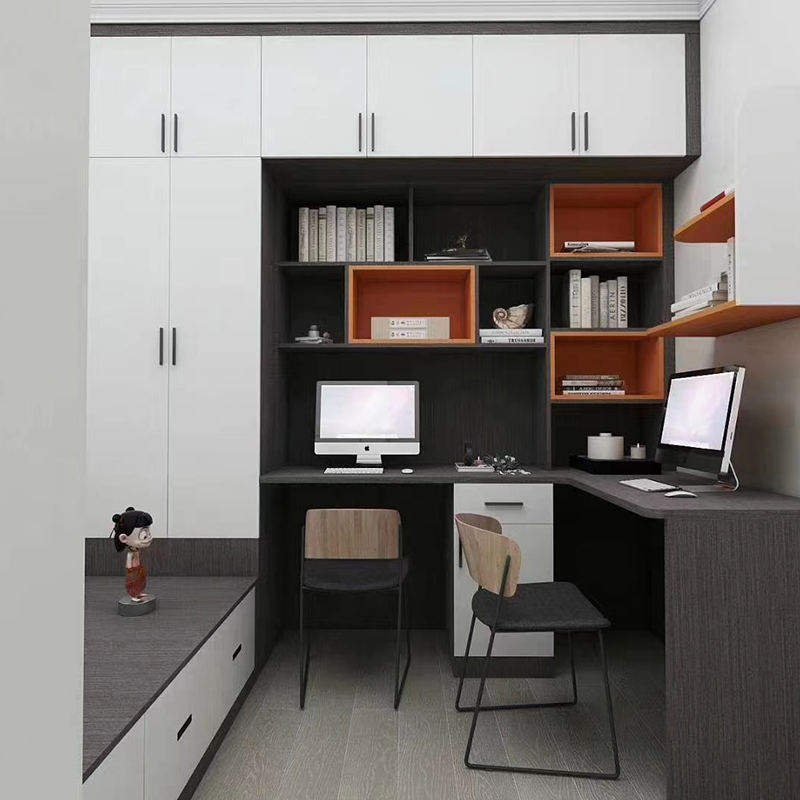
Kitchen cabinets and bookcases: door design
The door design of kitchen cabinets and bookcases also differs significantly.
5.1 Design of kitchen cabinet doors
Kitchen cabinets are usually equipped with closed doors to protect the stored items from kitchen fumes and moisture. The door design of kitchen cabinets often includes:
● Swing door: This is the most common kitchen cabinet door design, suitable for general kitchen cabinets.
● Sliding door: In a kitchen with a small space, sliding doors can save space for opening doors.
● Folding door: Folding door is suitable for kitchen cabinets with small space, which can provide a larger opening space for easy access to items.
5.2 Design of bookcase door
The door design of bookcases is generally simple, and many bookcases adopt an open design to display books. However, in some high-end bookcase designs, the use of glass doors or wooden doors is more common, which provides the function of book protection and increases visual beauty. The doors of bookcases usually have the following design forms:
● Glass door: In modern bookcases, the design of glass doors increases the effect of book display.
● Wooden door: Wooden doors are often used in classical style bookcases, which not only play a protective role but also have decorative properties.

